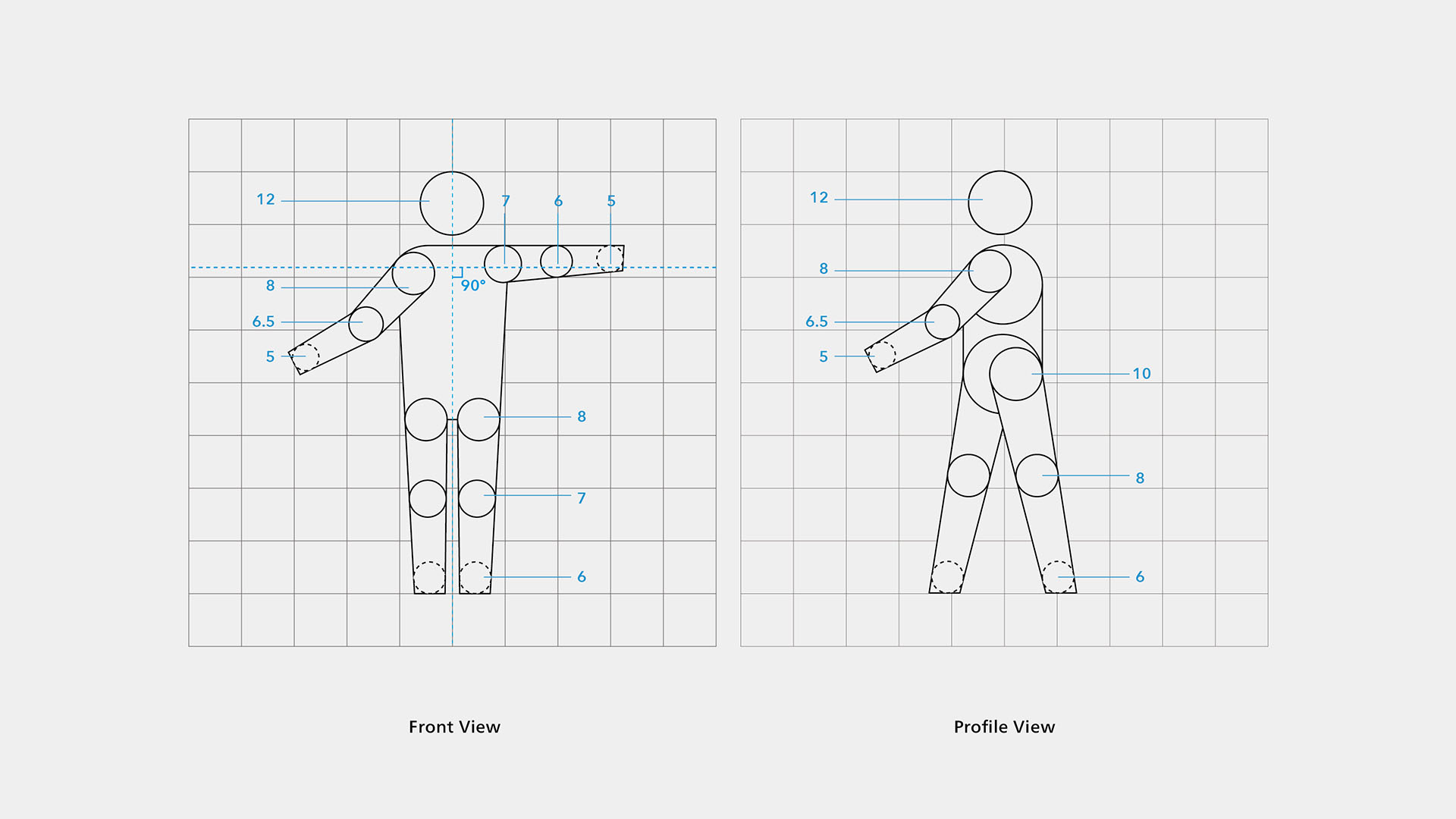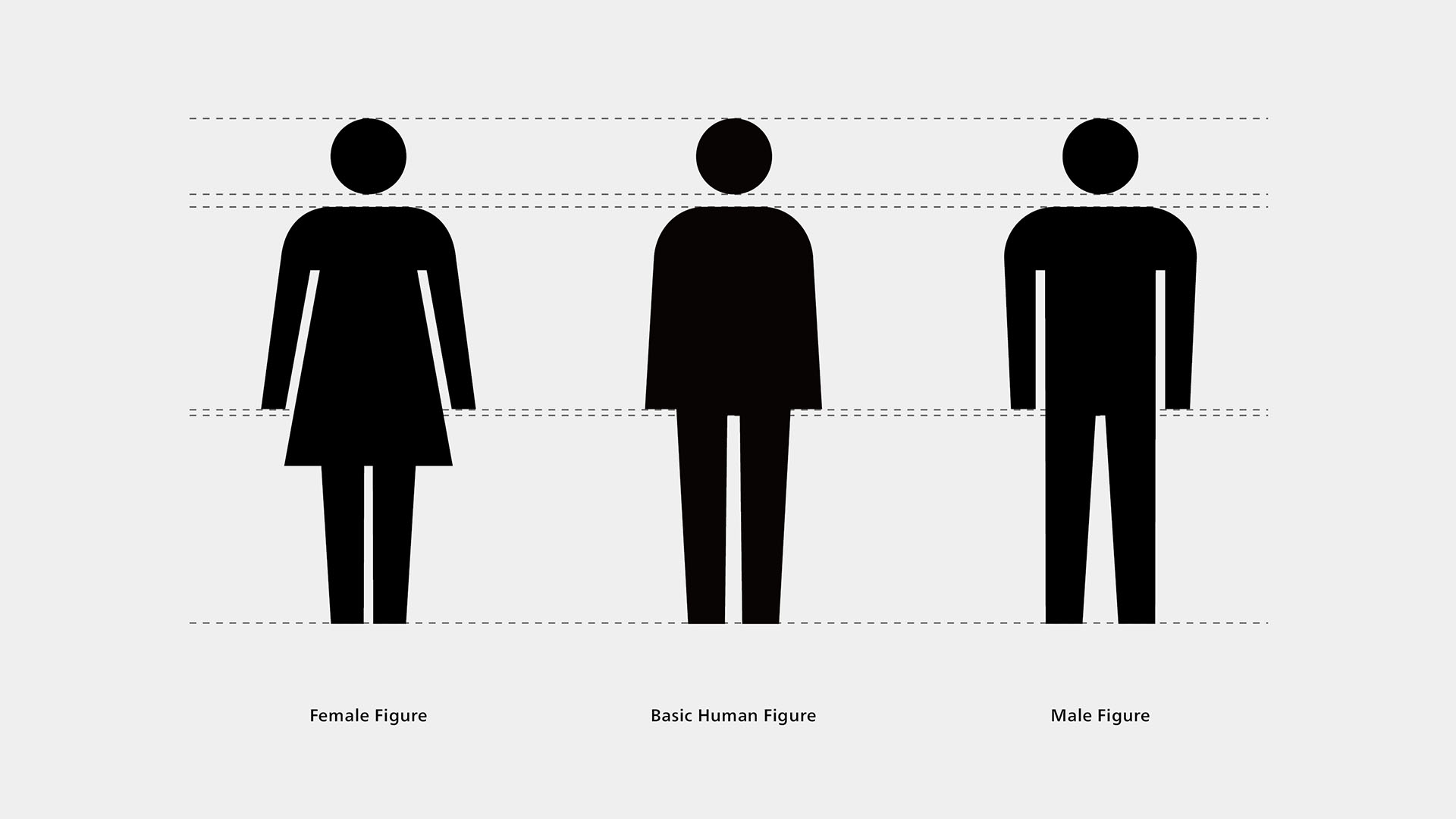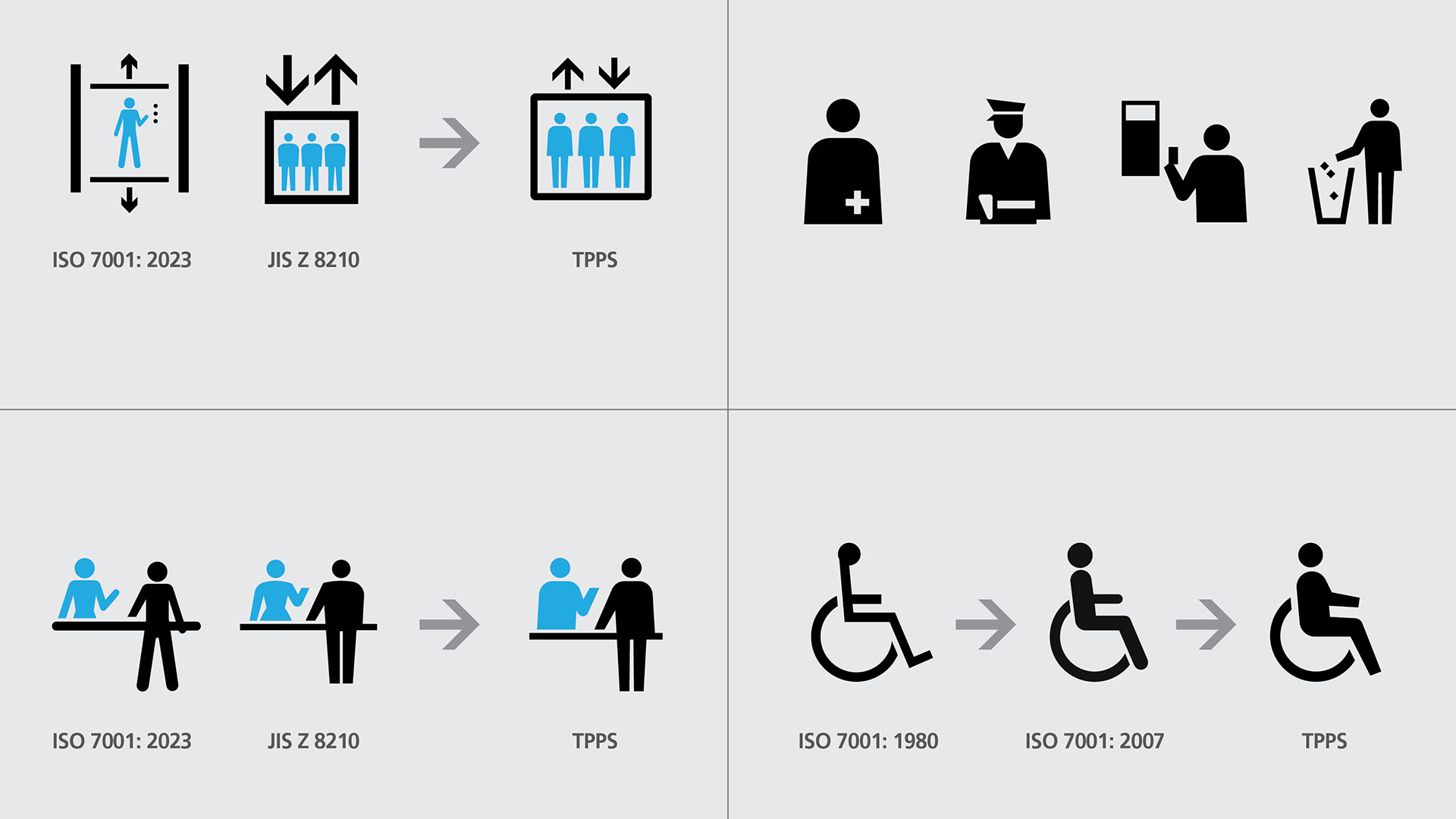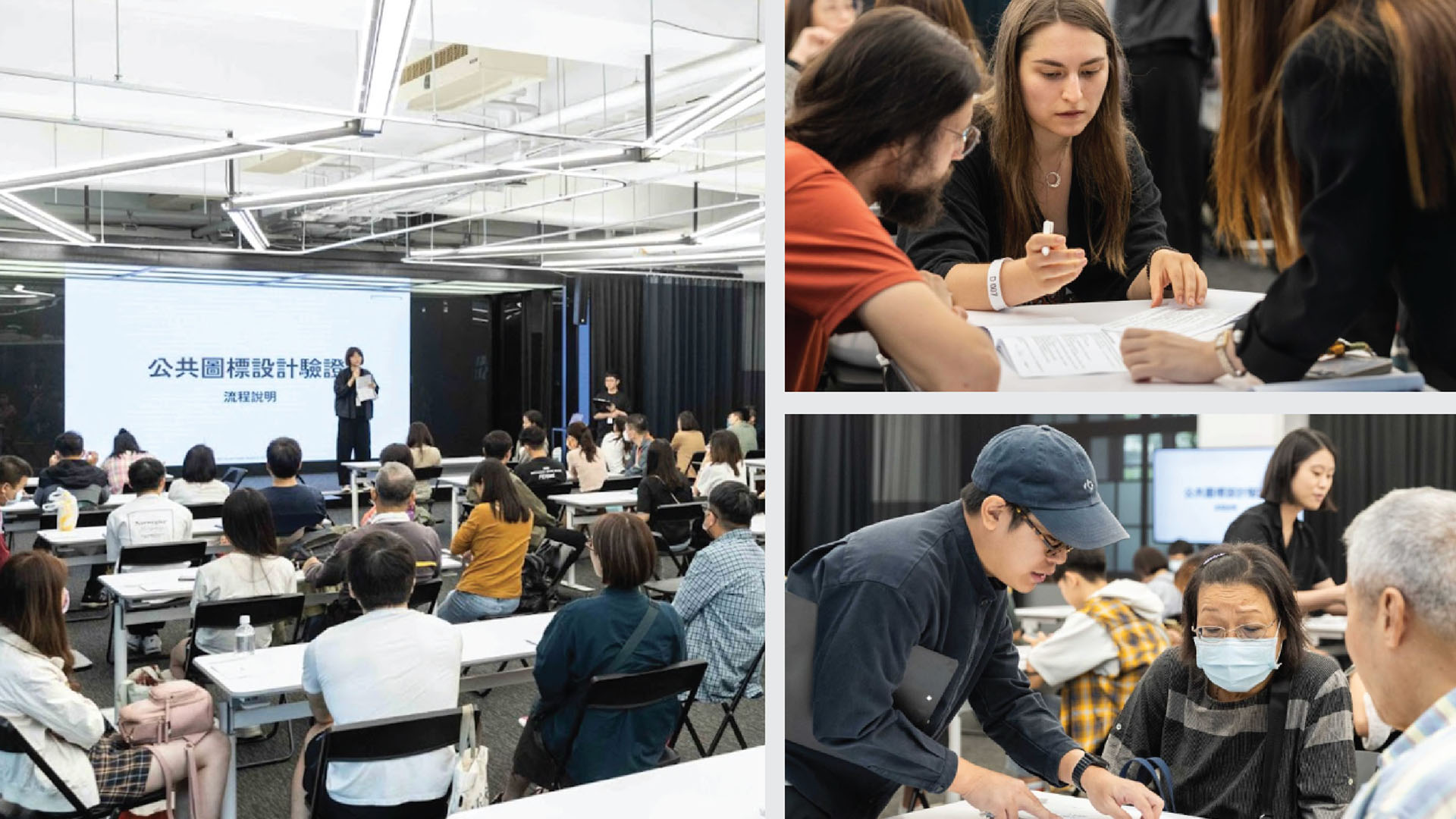Taiwan Public Pictogram System (TPPS)
Public pictograms are essential tools for wayfinding and public communication, yet Taiwan has long lacked a unified system. Management is fragmented across four major government agencies, each with its own regulations and design guidelines, resulting in inconsistencies in format, legal descriptions, and graphical interpretation. Unlike ISO and JIS standards, Taiwan’s pictograms lack professional standardization, diminishing their legibility, consistency, and adaptability. Furthermore, evolving societal needs—such as gender inclusivity, accessibility, and public health communication—remain insufficiently addressed, hindering alignment with international standards.
Agency
Path & Landforms
Practice Area
Client
Industrial Development Administration, Ministry of Economic Affairs (MOEA); Taiwan Design Research Institute (TDRI)
Industry

The Challenge
Taiwan lacked a unified public pictogram system, with various agencies managing their own sets of symbols under different legal and visual standards. This fragmentation led to inconsistent formats, reduced legibility, and confusion among users—especially the elderly, people with disabilities, and foreign residents. The design team faced the challenge of aligning four major government sectors, reconciling diverse regulations, and replacing outdated pictograms with a system that is universally accessible, legally compliant, and culturally inclusive.
Project Vision
This project envisions a unified, human-centered pictogram system for Taiwan that aligns with both national regulations and international standards. It seeks to improve public wayfinding through clear, inclusive, and consistent design, while addressing emerging societal needs such as gender neutrality, accessibility, and public health. By bridging design thinking with legal frameworks, the project aims to set a sustainable foundation for future development and cross-sector collaboration.
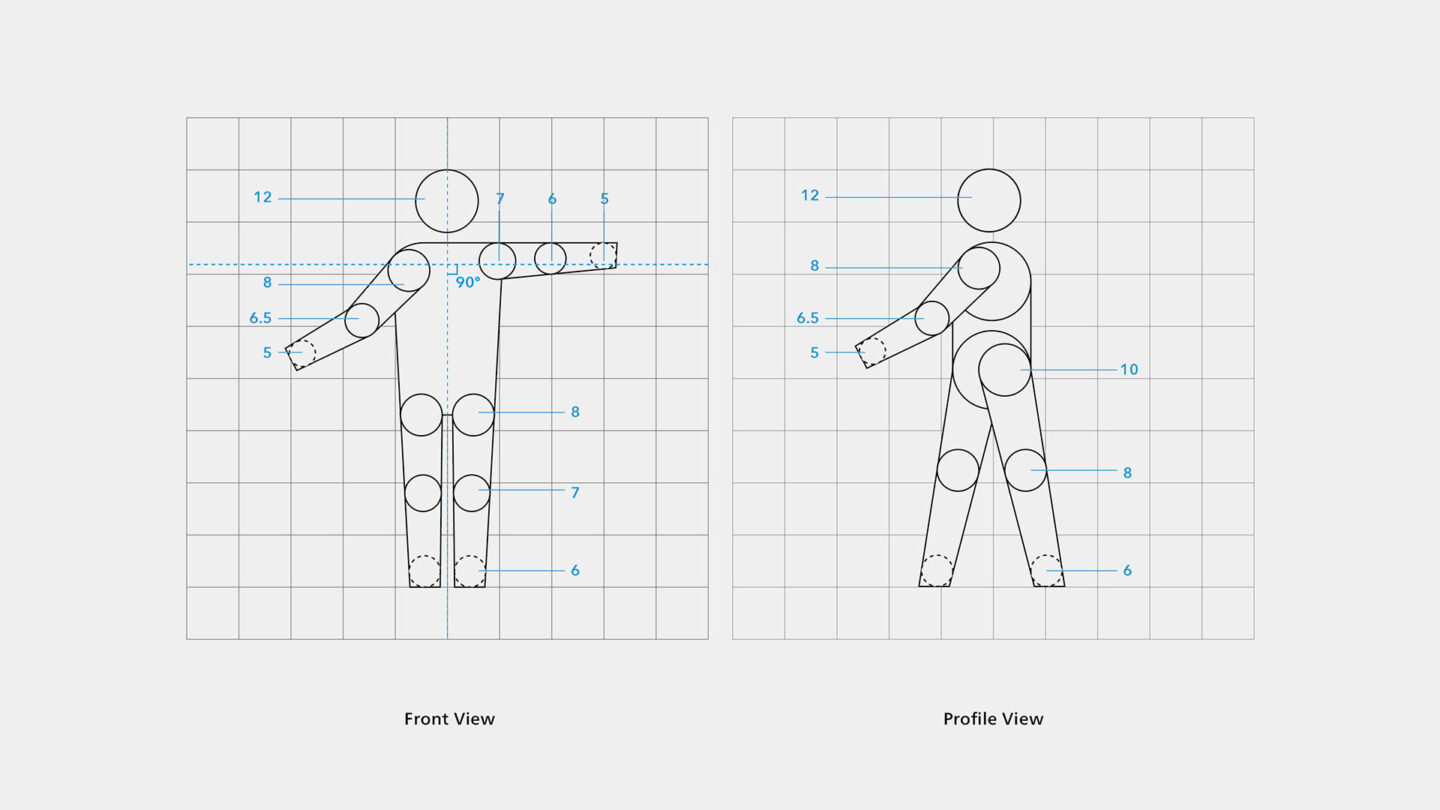
The pictogram system designs limb movements based on joint rotation with varied thickness, ensuring natural dynamics and avoiding excessive geometric rigidity.
Taiwan Design Research Institute
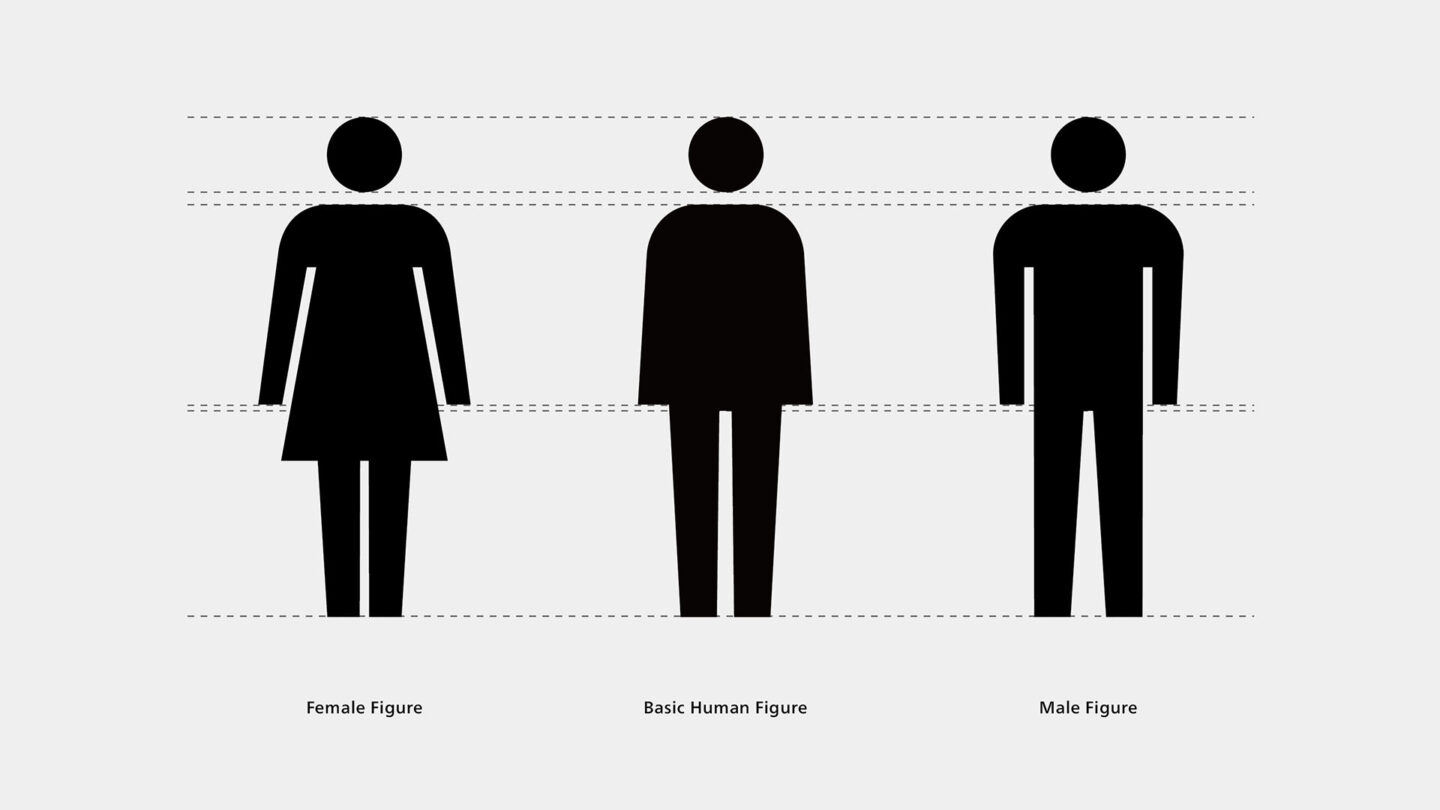
(L) Male (M) Basic Human: Gender-neutral design for broader use (R) Female Emphasizing inclusivity, the basic figure removes gender stereotypes, featuring natural posture, curved shoulders, and varied limb thickness.
Taiwan Design Research Institute
Design + Execution
The project adopted a design thinking approach across a 1.5-year timeline, including stakeholder co-creation, regulatory research, and visual testing. It involved four central government agencies and international experts, including a Japanese pictogram consultant. The team developed over 300 pictograms in 8 major categories, validated through ISO 9186 and JIS S0102 methods with 245 diverse participants. Outputs include open-source icons, a user manual, and an online course to support nationwide adoption.
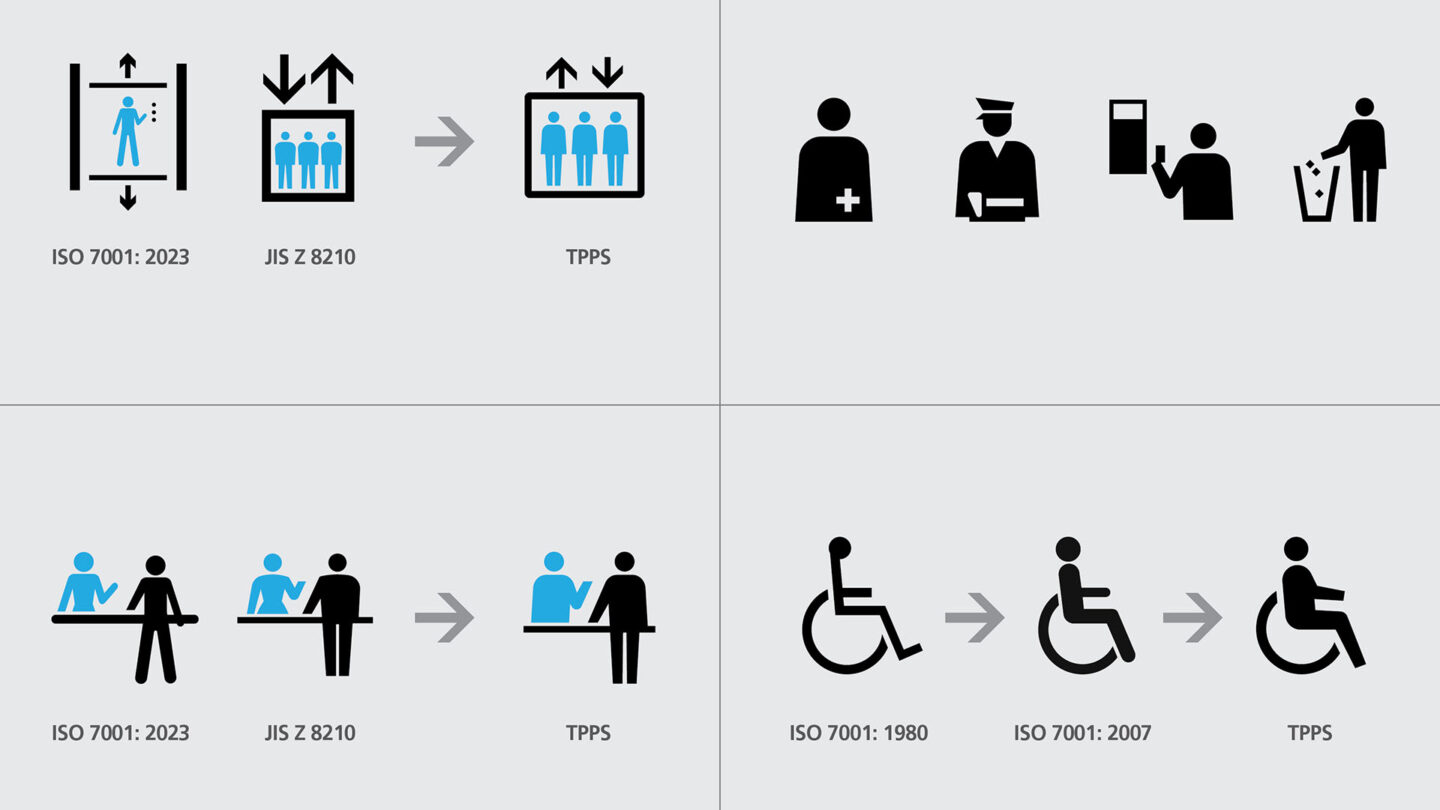
The Basic Human Figure replaces gendered icons for general and service pictograms, promoting inclusivity and a more human-centered design.
Taiwan Design Research Institute
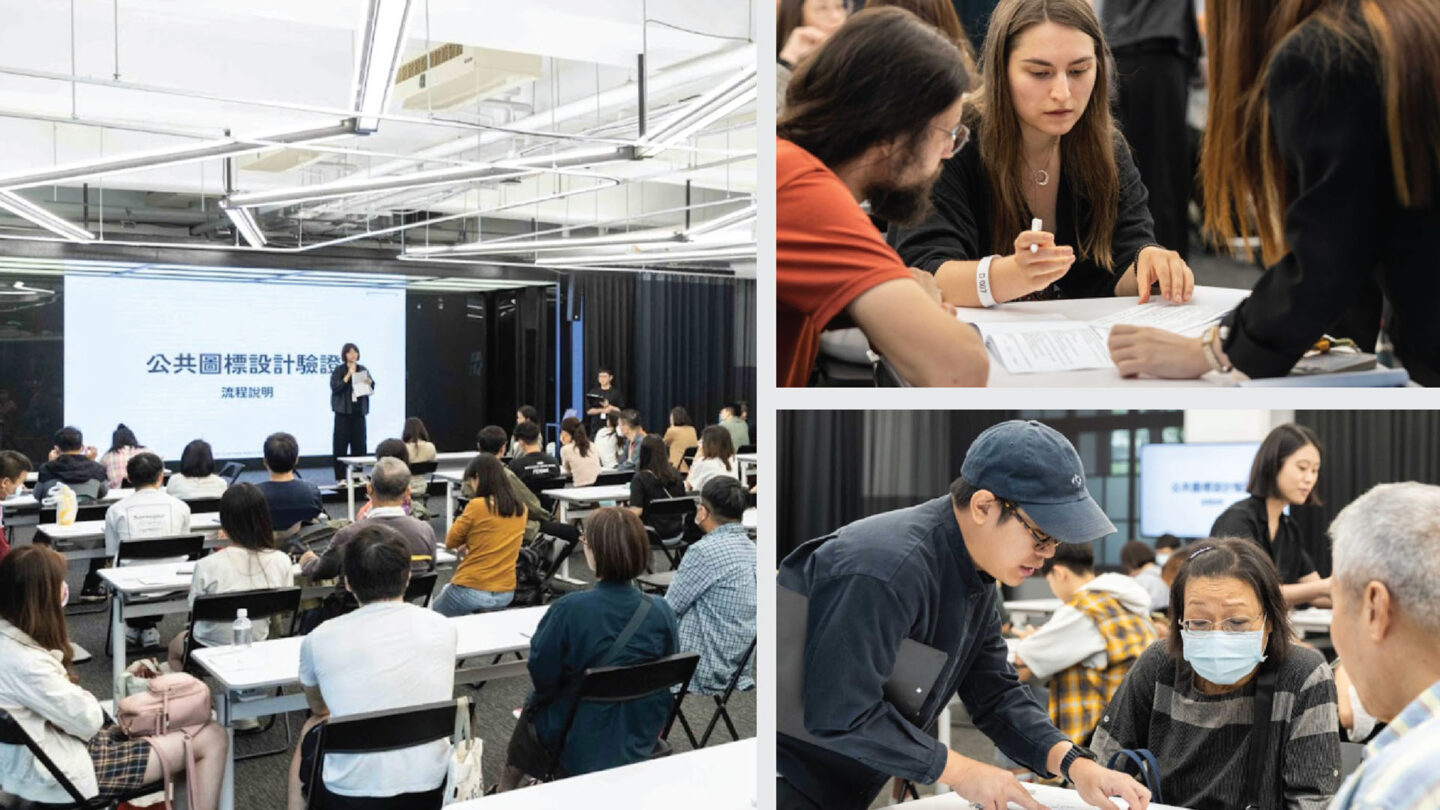
TPPS is verified, easily recognized, and understood. 245 users from diverse demographics, including various ages, genders, disabilities, and foreigners, participated in testing for clarity and usability.
Taiwan Design Research Institute
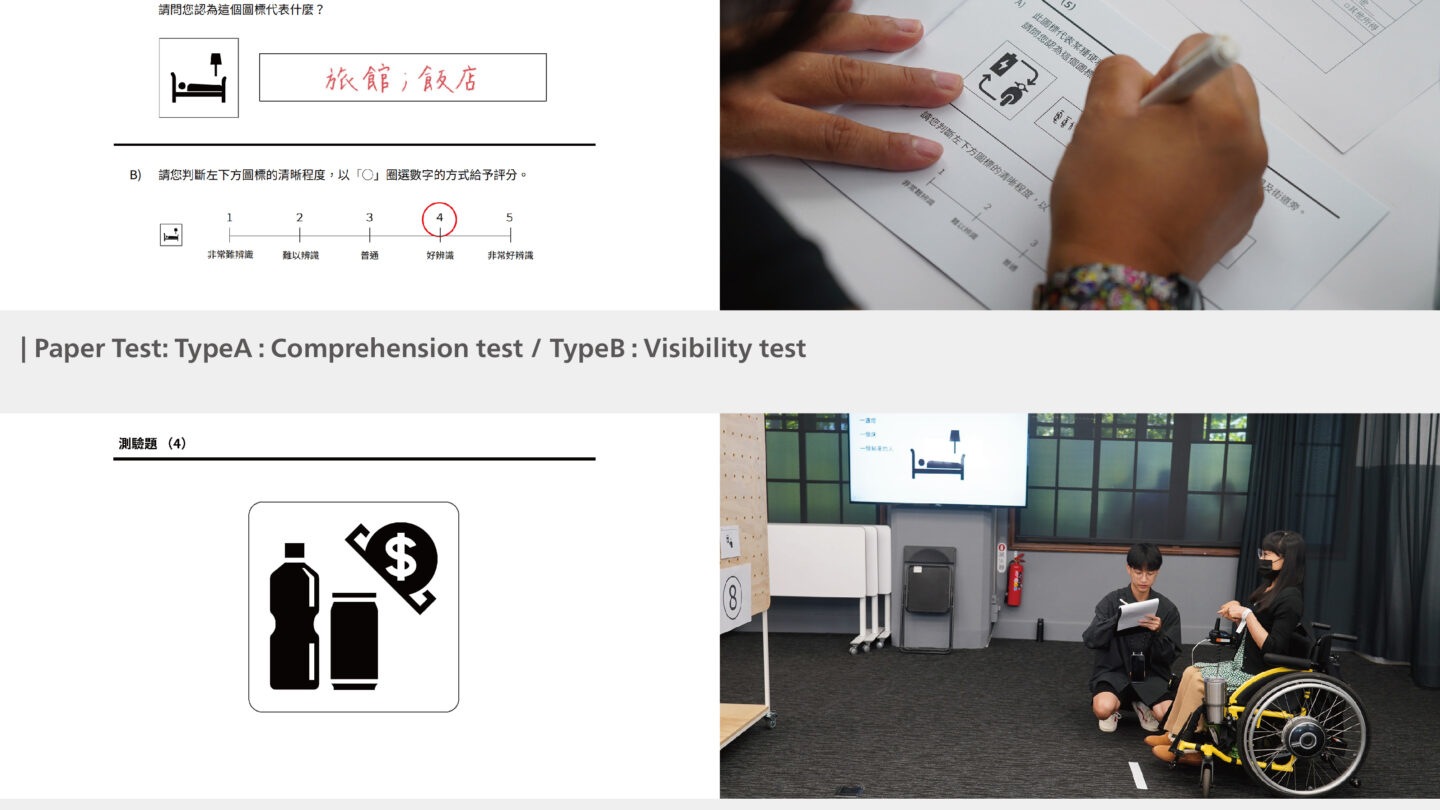
The verification follows ISO and JIS standards, ensuring strong visibility and comprehension. Findings from the tests were used as the basis for further refining the pictogram design.
Taiwan Design Research Institute
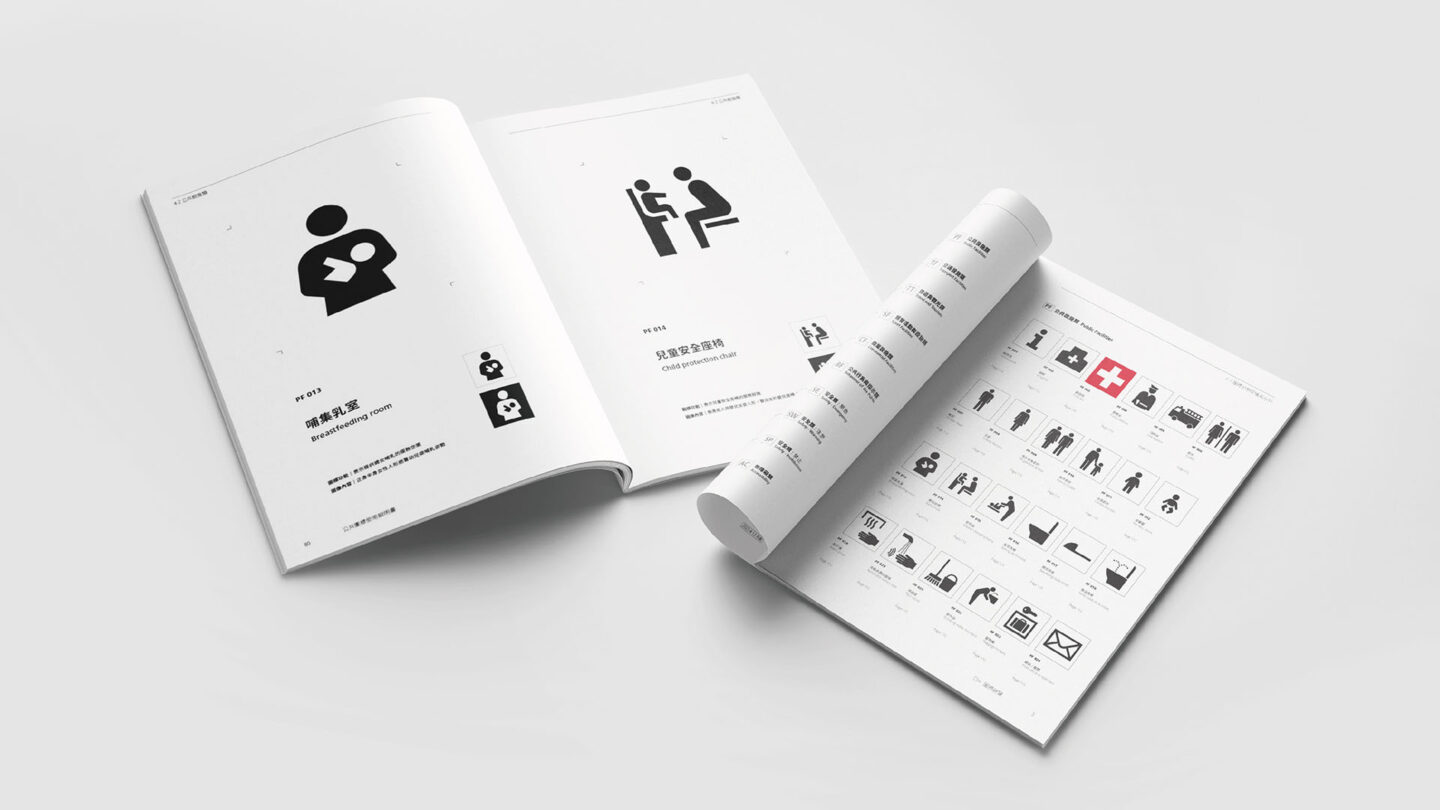
The guide includes 300 open-source pictograms and a manual detailing design principles and application methods for consistent and effective public pictogram usage.
Taiwan Design Research Institute
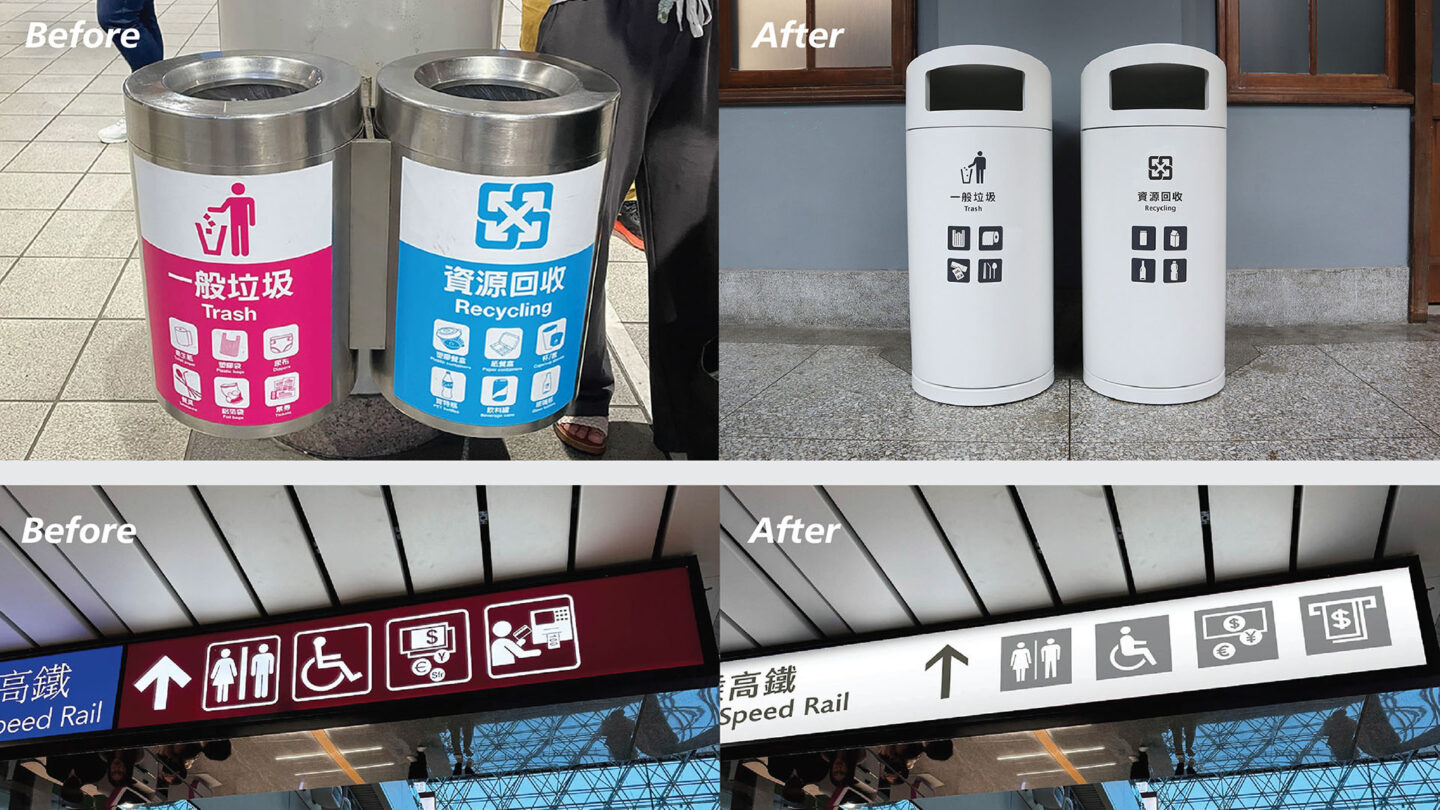
Taiwan Public Pictogram System adopts in transit station trash bins & Taoyuan Airport wayfinding.
Taiwan Design Research Institute
Project Details
If we judged a project by the weight of the submission materials, the book included with this remarkable pictogram project alone would have won. But it was the community engagement, inclusivity, and encyclopedic scope that made this project a clear Honor winner.
This project shows strong integration of in-depth research with a thoughtful and excellent inclusive design solution.
Design Team
Chuan-Wei Ting (project lead)
Yu-Hsien Kuo (lead designer)
Szu-An Yu (supporting designer)
Wen-Sheng Yuan (supporting designer)
Wan-Yun Chen (guidebook editor)
Cheng-Yao Cheng (guidebook editor)
Collaborators
TDRI Public Service Section (project coordination and design research)
Tatsuzo Akase (chief consultant of public pictogram system)
Promotion Division for Accessible Transportation, Eco-Mo Foundation
Daisuke Sawada and Keiko Takeshima (instructors of public pictogram concepts and standards development)
Yu Feng (instructor of graphic design)
Photo Credits
Taiwan Design Research Institute (TDRI) (photography, videography)
Open Date
December 2023
More in Strategy/Research/Planning
All Projects-
Read more Walk Portland
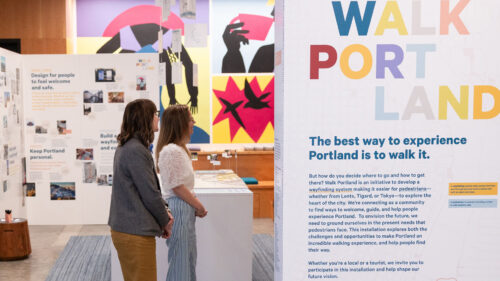
Walk Portland
sparks+sullivan -
Read more Walker Art Center Visitor Experience Research

Walker Art Center Visitor Experience Research
HGA -
Read more WMATA Digital Wayfinding Manual

WMATA Digital Wayfinding Manual
Order, W&CO
